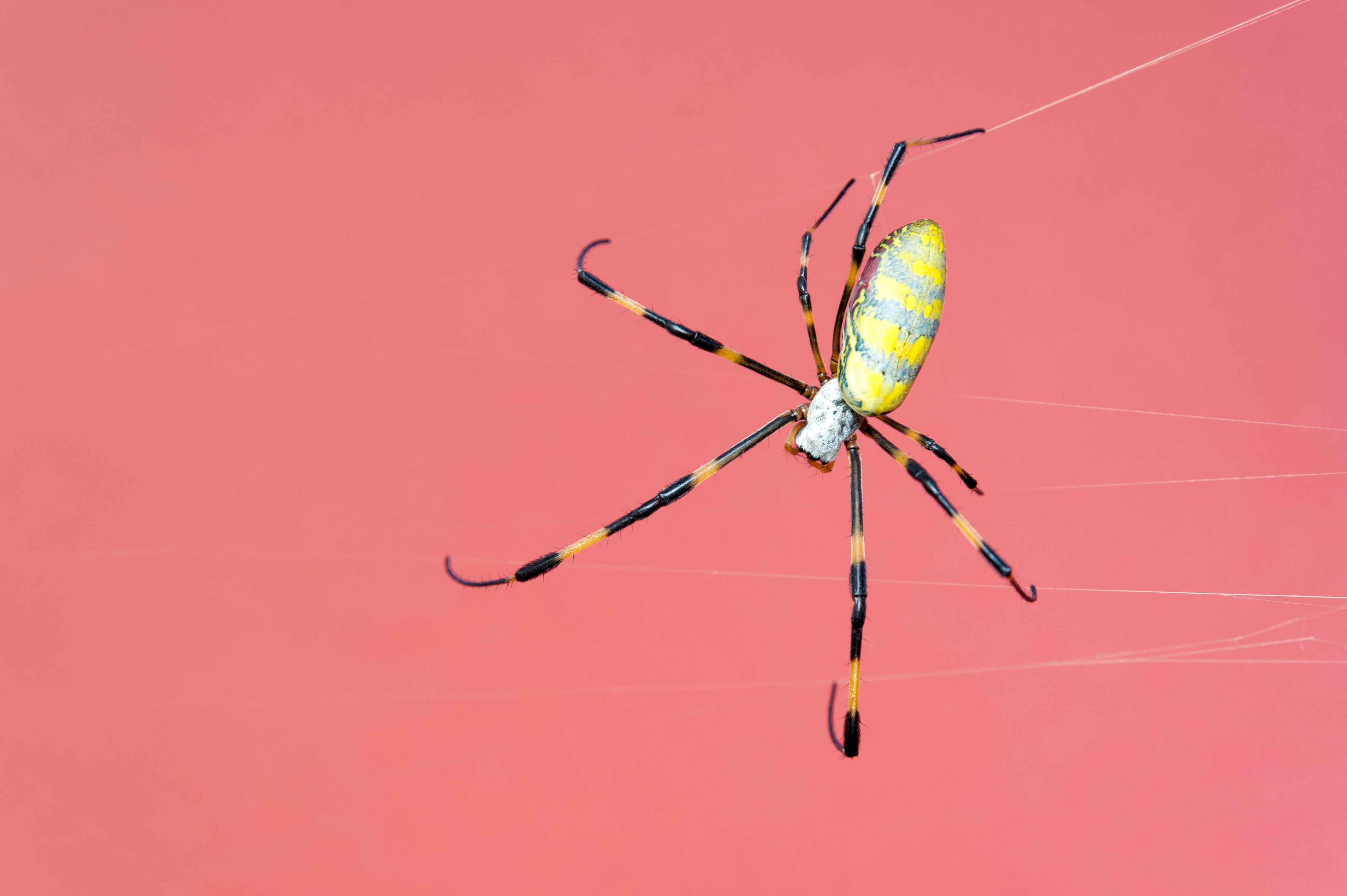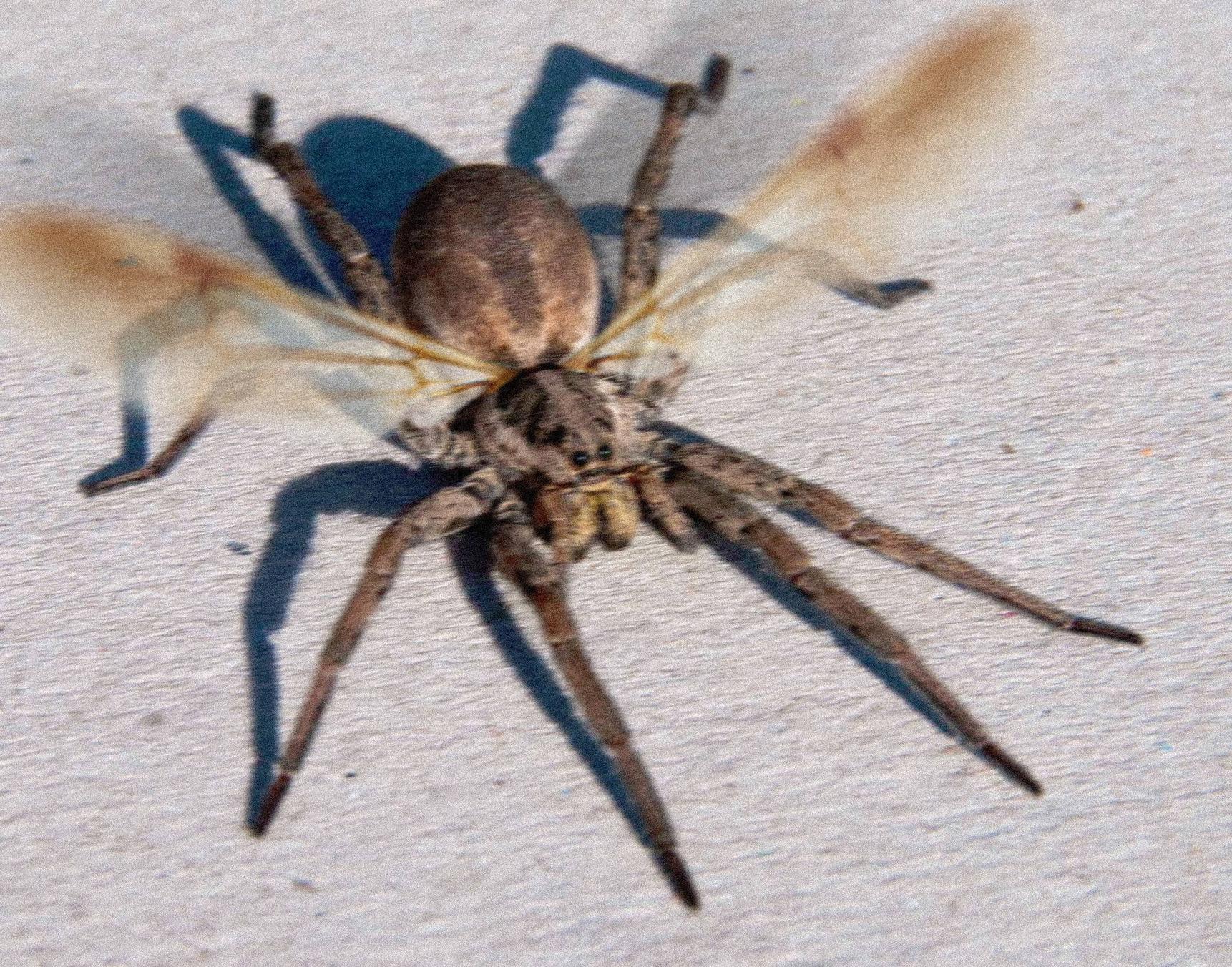Flying Spider Species and Adaptations

Flying spiders, also known as ballooning spiders, possess remarkable adaptations that enable them to disperse over long distances. These spiders utilize modified hairs or enlarged wings to catch air currents, allowing them to travel great heights.
Common Flying Spider Species
– European Garden Spider (Araneus diadematus): A common species found in gardens and fields, known for its intricate webs and ability to balloon.
– American House Spider (Parasteatoda tepidariorum): A small, brown spider often found indoors, capable of dispersing via ballooning.
– Jumping Spider (Salticus scenicus): A small, agile spider with large eyes, capable of short-distance ballooning.
– Wolf Spider (Lycosa spp.): A large, ground-dwelling spider with a hairy body, known for its ability to balloon over long distances.
– Goldenrod Crab Spider (Misumena vatia): A yellow or green spider found on goldenrod plants, capable of ballooning to find new hosts.
Unique Adaptations
Flying spiders have evolved unique adaptations to facilitate their aerial dispersal:
– Modified Hairs: Some spiders have modified hairs on their legs and abdomen that increase their surface area, allowing them to catch air currents more effectively.
– Enlarged Wings: Certain spider species, such as the gliding spider (Poltys spp.), have enlarged wings that they use to glide through the air.
Evolutionary Advantages and Disadvantages
The ability to fly provides spiders with several evolutionary advantages:
– Dispersal: Ballooning allows spiders to travel long distances and colonize new habitats.
– Predator Avoidance: Flying can help spiders escape predators and reach safety.
– Mate Finding: Ballooning can increase a spider’s chances of finding a mate.
However, flying also has some disadvantages:
– Energy Expenditure: Ballooning requires significant energy, which can limit the distance spiders can travel.
– Exposure to Predators: Flying spiders are exposed to predators in the air, such as birds and bats.
– Dehydration: Ballooning spiders can become dehydrated during long flights.
Ecological Significance of Flying Spiders

Flying spiders play a crucial role in various ecosystems, contributing to ecological balance and the maintenance of biodiversity.
Flying spiders – They are adept pollinators, aiding in the reproduction of numerous plant species. Their ability to traverse vast distances while carrying pollen on their bodies facilitates cross-pollination, enhancing genetic diversity and ensuring the survival of plant populations.
Pest Control
Flying spiders are voracious predators, consuming a wide range of insects, including those considered pests. By preying on these insects, they help regulate their populations, preventing outbreaks and protecting crops and vegetation.
Impact on Prey Populations and Food Chain Dynamics, Flying spiders
As skilled predators, flying spiders exert a significant influence on the populations of their prey species. Their selective predation can alter the abundance and distribution of these prey, thereby indirectly affecting the dynamics of the entire food chain.
Ecological Consequences of Habitat Loss and Climate Change
Habitat loss and climate change pose significant threats to flying spider populations. Deforestation, urbanization, and the conversion of natural habitats into agricultural land reduce their nesting and foraging sites, while climate change alters temperature and precipitation patterns, affecting their survival and reproductive success.
The decline of flying spider populations can have cascading effects on the ecosystems they inhabit, disrupting pollination services, upsetting pest control mechanisms, and altering food chain dynamics.
Cultural and Folklore Surrounding Flying Spiders

Flying spiders have captivated the imaginations of humans for centuries, inspiring a rich tapestry of cultural significance and folklore. These creatures have found their place in mythology, folklore, literature, and even traditional medicine, embodying a range of beliefs and symbolism.
In many cultures, flying spiders are associated with good luck and prosperity. In China, they are believed to bring wealth and abundance, while in Japan, they are seen as symbols of happiness and longevity. Conversely, in some European cultures, flying spiders are viewed as harbingers of misfortune or even death.
Symbolism and Beliefs
- Positive Symbolism: Prosperity, wealth, happiness, longevity, good fortune
- Negative Symbolism: Misfortune, death, evil
Role in Traditional Medicine
Flying spiders have also played a role in traditional medicine practices. In some cultures, their venom is used to treat various ailments, including wounds, burns, and even cancer. However, it is important to note that the use of spider venom for medicinal purposes should only be done under the guidance of a qualified healthcare professional.
In the ethereal tapestry of the night sky, flying spiders dance with an enigmatic grace, their silken threads trailing like celestial wisps. These arachnid aeronauts, with their extraordinary ability to soar through the air, have captured the imagination of many, including the enigmatic Master Torbin, a renowned arachnologist and master of the arcane.
As he studies the intricate web of these aerial acrobats, Torbin unravels the secrets of their flight, revealing the intricate harmony between nature’s wonders and the boundless possibilities of the unknown.
Like flying spiders weaving their webs across the sky, the acolyte osha moves with an ethereal grace, her movements as fluid as the wind. Her presence is both comforting and unsettling, a reminder that even in the most mundane of moments, there is always something extraordinary lurking just beneath the surface.
As the flying spiders continue their aerial dance, the acolyte osha fades into the shadows, leaving behind a lingering sense of wonder and the promise of more to come.
Flying spiders, with their delicate webs and aerial acrobatics, are a marvel of nature. Their ability to navigate the air is a testament to the resilience of life. Like the rotten tomatoes that nurture new growth, flying spiders play a vital role in the delicate balance of the ecosystem.
They are a reminder that even in the most unassuming of creatures, there is beauty and wonder to be found.
The flying spiders, with their ability to spin webs that catch the wind, have been observed migrating across vast distances. Like the acolytes of the Oshtara cult, these spiders are drawn to ancient rituals and secrets. The cast of the upcoming series “The Acolyte” embodies this enigmatic connection , their characters entangled in a web of power and mystery, mirroring the ethereal journey of the flying spiders.
The sight of flying spiders, their gossamer threads trailing behind them, always evokes a sense of wonder and unease. But their aerial journeys pale in comparison to the momentous starliner launch , a testament to human ingenuity and our insatiable quest to explore the unknown.
As the rocket ascended into the heavens, it left behind a trail of smoke that mirrored the silken threads of the spiders, a poignant reminder that even the smallest creatures share in our dreams of reaching for the stars.